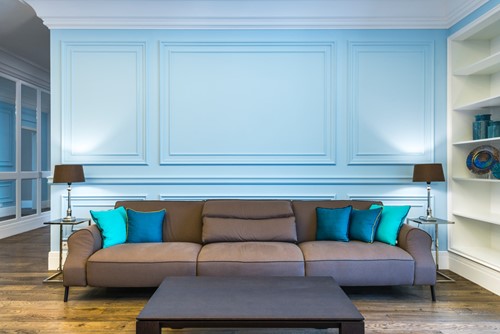Email: [email protected]

Symmetrical balance is a crucial part of interior design. The arrangement of furnishings and decorative pieces in a space can have a profound effect on the overall aesthetic, regardless of the style of the room. To help you achieve a symmetrical or asymmetrical balance in your home decorating, here is a simple guide to the basics:
Symmetrical balance is simple to achieve by repeating elements on both sides of an “axis” or center line of your space. Some ways to make your design symmetrically balanced include:
Asymmetrical balance might seem difficult to create at first, but once you know the basics, you'll find it a natural and informal way to decorate your space. Some tips for asymmetrical balance include:
Each type of symmetrical balance plays an important part in every room's design. Depending on the size and shape of the space you're working with, one type of balance might be more effective than the other. While remembering these tips can help you plan your layouts, it ultimately comes down to your preference and what you feel works best with your personal design style.

You don’t need to do this alone. I am bilingual in English and Spanish, and I have been in the industry for over 20 years, after earning my degree in Business Management and successive studies in Human Resources and Technology. Never content to let my education lapse, I also received a certification in Negotiation Skills from Pepperdine University and attended courses at Stanford University. A leader in the field, I am a member of the Santa Clara Board of Realtors and served as a professional standards ombudsman for 8 years. I completed a term as the President of the National Hispanic Organization of Real Estate’s Santa Clara chapter in 2016, now serving as this organization’s National Vice President. I pursued additional in-depth training to achieve professional designations as an ABR (Accredited Buyer’s Representative), CRS (Certified Professional Specialist), and SRES (Seniors Real Estate Specialist), GREEN certification, and RCS-D (Divorce Real Estate Specialist). Far from being a meaningless alphabet soup, this demonstrates how proactive I am in pursuing the latest knowledge so that I completely prepared to satisfy all my sellers' and buyers' unique needs. I am committed to Excellence!